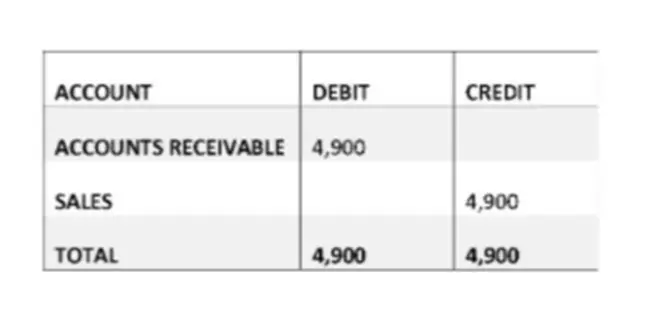Content

One can infer, for example, whether a company’s efforts at reducing the cost of sales helped it improve profits over time, or whether management kept tabs on operating expenses without compromising on profitability. An income statement, which is also sometimes called a profit and loss statement, is often used in collaboration with a balance sheet and a cash flow statement to help people monitor and assess a company’s financial performance. It is often used to compare performance against prior time periods to determine trends, or to benchmark performance against competitors. Mainly, income statements are prepared for assessing a company’s financial performance over a specific period of time. Various stakeholders are interested in knowing how well the company is functioning, which are the business activities that it has undertaken, what are its revenue and expense figures for the year etc.
Current practice has modified this meaning slightly to include only those operating events occurring in the current year. In carrying out this refining process, one approach distinguishes operating events as those related to providing goods and services to customers. A balance sheet shows you how much you have , how much you owe , and how much is remains .
Income statement examples
In most instances, what is important is not the income statement itself, but what happens to it over time and/or how it compares with competitors’ ratios. The most important ratios use numbers from both the balance sheet and the income statement. You will not see a line item for depreciation on a cash flow statement; it is not a cash transaction. Instead, the full brunt of capital expenditures is recognized when the expenditure actually occurs.

The income statement describes the income achieved by the reporting entity during a specific accounting period. Depreciation expenses are reported like any other normal business expense on your income statement, but where you include it depends on the nature of the asset being depreciated. Depreciation is the process of deducting the total cost of something expensive purchased for your business. However, instead of doing it all in one tax year, you write off parts of it over time. When you depreciate assets, you can plan how much money is written off each year, giving you more control over your finances.
What is the Purpose of the Income Statement?
It is crucial for managers to decide on whether to invest in expansion or focus on increasing the current production capacities. They can use the income statement to compare the company’s performance across different industries and enterprises. Net profit is one of the most important measures of how well a business is doing. It is the final feature of an income statement, and it basically shows all the money that’s left for the business to take home.
- For them, quarterly income statements give them the benefit of focusing on the status of operations throughout the year.
- As a senior management consultant and owner, he used his technical expertise to conduct an analysis of a company’s operational, financial and business management issues.
- Upon reviewing the documents, it was found that there was a fuel bill of $30 that was not registered.
- It is common to report only the gain of $200 rather than separately disclosing the selling price and the book value.
- In the below example, the format selected by McDonald’s Corporation illustrates a single-step income statement with separately reported income taxes.
- It is found by dividing total short- and long-term debt by the total amount of equity capital.
Its broker-dealer subsidiary, Charles Schwab & Co., Inc. , offers investment services and products, including Schwab brokerage accounts. Its banking subsidiary, Charles Schwab Bank, SSB , provides deposit and lending services and products. Access to Electronic Services may be limited or unavailable during periods of peak demand, market volatility, systems upgrade, maintenance, or for other reasons. Income and expenses on the income statement are recorded when a company earns revenue or incurs expenses, not necessarily when cash is received or paid. Similarly, the depreciation of owned assets is added back to net income, as this expense is not a cash outflow.
Revenue Section
While this concept may help identify relevant measures of income, it fails to provide a model for accountants to apply to generate useful information. Indirect expenses like utilities, bank fees, and rent are not included in COGS—we put those in a separate category. Finance costs – costs of borrowing from various creditors (e.g., interest expenses, bank charges). Some numbers depend on accounting methods used (e.g., using FIFO or LIFO accounting to measure inventory level). There are many accounting tools and solutions, which you can read about in our review of QuickBooks accounting software or our FreshBooks accounting software review. There are accounting tools that cater to organizations of all types and sizes.
